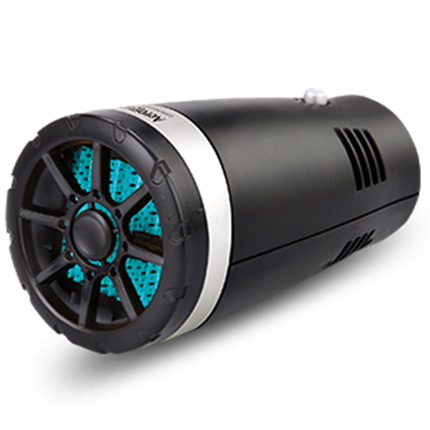throttle assembly
Understanding Throttle Assembly A Key Component in Engine Performance
Throttle assembly is a crucial part of internal combustion engines, serving as the control point for air intake that directly affects engine power and efficiency. This assembly manages the flow of air into the engine's combustion chamber, allowing the driver to regulate the vehicle's speed and acceleration. Understanding how throttle assembly works and its components can provide insights into vehicle performance and help in diagnosing potential issues.
At the core, throttle assembly comprises several key components the throttle body, throttle plate, and often an electronic throttle control (ETC) system. The throttle body is a cylindrical component that connects the air intake manifold to the engine. The throttle plate, a flat disc connected to the throttle shaft, opens and closes based on the driver's input from the accelerator pedal. When the pedal is pressed, the plate opens, allowing more air to enter the engine, thereby increasing its power output.
In traditional mechanical systems, the throttle plate is directly connected to the accelerator pedal via a cable. This setup is relatively simple and provides immediate responsiveness. However, modern vehicles increasingly utilize electronic throttle control systems. In an ETC setup, the throttle position is monitored by sensors, which send data to the engine control unit (ECU). The ECU then determines the optimal throttle plate position based on various parameters such as engine load, speed, and air-fuel mixture. This system allows for more precise control over the engine's performance, contributing to better fuel efficiency and reduced emissions.
throttle assembly

The advantages of electronic throttle control are notable. Firstly, it can improve engine response times and enhance drivability. Secondly, it enables advanced features such as cruise control, traction control, and stability control systems to work in tandem with throttle management. These innovations enhance safety and provide a smoother driving experience. In essence, the throttle assembly, particularly with electronic control, plays a significant role in the modern automotive landscape.
However, like any mechanical system, throttle assemblies are subject to wear and potential failure. Common issues include a sticking throttle plate, which can result from debris or carbon buildup, or electronic malfunctions within the ETC system. Symptoms of throttle assembly problems might include erratic engine behavior, poor acceleration, and the illumination of the check engine light. Regular maintenance, including cleaning the throttle body and ensuring the electrical connections are solid, can mitigate many of these concerns.
Replacing a faulty throttle assembly is crucial for restoring optimal engine performance. It often involves removing the entire throttle body and replacing it with a new or refurbished component. For vehicles with electronic throttle systems, reprogramming or recalibrating the ECU may also be necessary to ensure compatibility with the new assembly.
In conclusion, the throttle assembly is a fundamental component of an engine that significantly influences performance, efficiency, and driving experience. Whether through a traditional mechanical system or a modern electronic setup, understanding its operation can help vehicle owners appreciate their car's performance capabilities and recognize when maintenance is needed. As automotive technology continues to advance, the importance of throttle assembly in engine management will undoubtedly remain a critical focus for both manufacturers and enthusiasts alike.
-
Workings of Clutch Pipe and Hose SystemsNewsJun.04,2025
-
The Inner Workings of Hand Brake Cable SystemsNewsJun.04,2025
-
The Secrets of Throttle and Accelerator CablesNewsJun.04,2025
-
The Hidden Lifeline of Your Transmission Gear Shift CablesNewsJun.04,2025
-
Demystifying Gear Cables and Shift LinkagesNewsJun.04,2025
-
Decoding Clutch Line Systems A Comprehensive GuideNewsJun.04,2025
